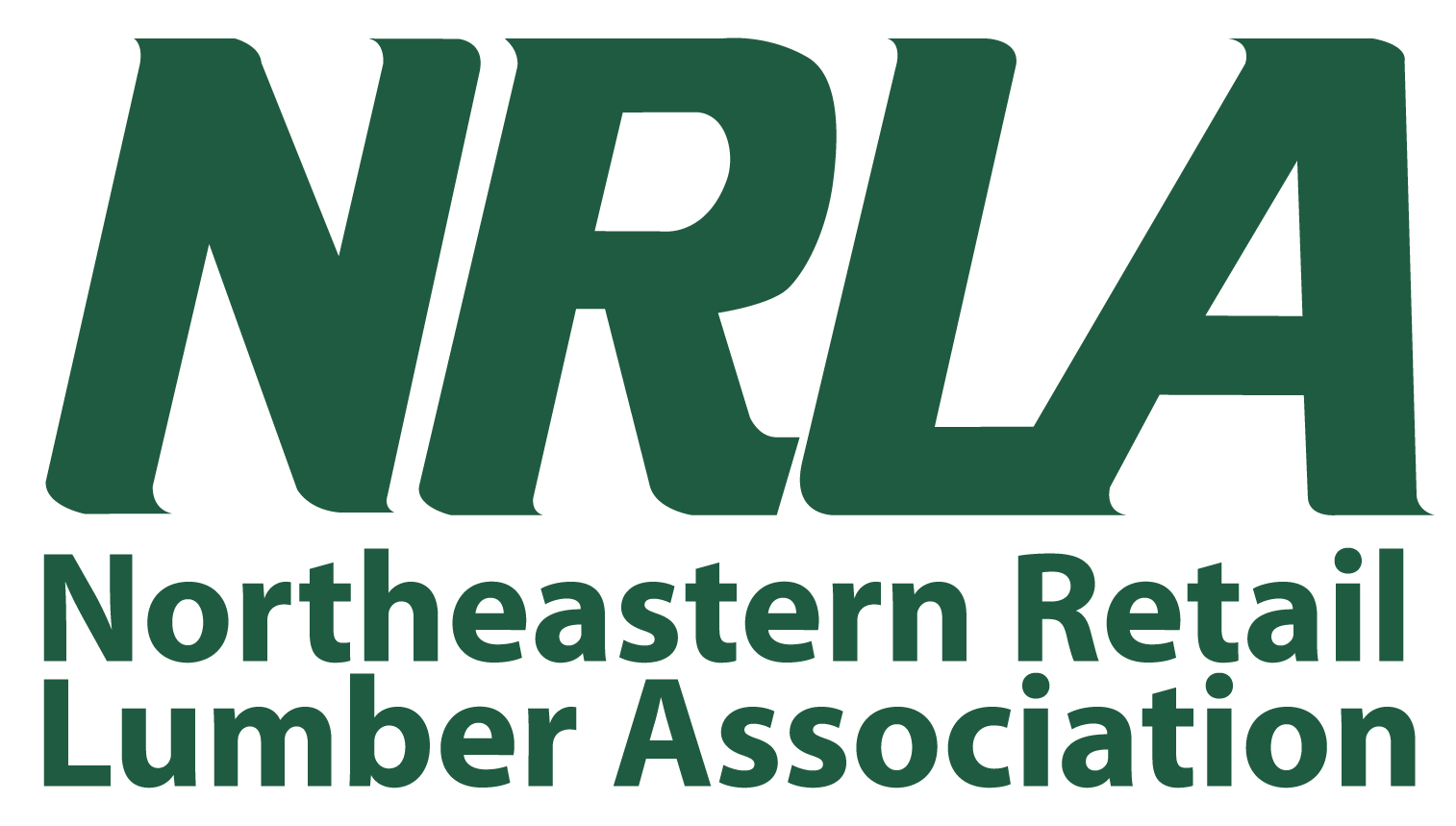While lumber and building material dealers continue to navigate risk exposures like cyber theft and distracted driving, they also have additional and growing risk exposures in the form of untrained staff and unfamiliar business partners as they wade through ongoing labor shortages and supply chain complications. In this environment, a renewed focus on safety and risk assessment can not only save your company from costly litigation, it will help to prevent injury and even save lives.
How the Risks Are Evolving
Unfortunately, the risk exposures that today’s business owners face go beyond the basics of more recent risks. Rather, these exposures can be classified as bet-the-business risks. Data from McKinsey & Company recently forecasted that at its current rate of growth, cyberattack damages will reach around $10.5 trillion by 2025. As lumber companies continue to move much of their business online, without proper precautions, they could be exposing themselves to costly cyberattacks that could result in protracted business interruptions or even bankruptcy.
Similarly, fleet risks and driver safety continue to threaten business owners in our industry. At Pennsylvania Lumbermens Mutual Insurance Company (PLM), we have seen several insurance claims recently stemming from distracted driving, issues with loading and unloading company vehicles, and general unsafe driving practices. These risk exposures have been exacerbated both by the current state of the economy, most notably the industry’s hiring troubles, as well as lack of training and focus on the use of mobile devices among drivers.
Many lumber business owners have experienced employee turnover in the past few years, creating a talent or skills gap as organizations struggle to replace and retain employees. For example, on the fleet side, some business owners have compromised and hired uncertified, untrained, and/or less experienced drivers. These drivers are often unprepared to transport products or load and unload safely, leading to an increase in accidents and losses. Where staffing and cyber risk intersect, employee turnover has made it more difficult to keep the whole team informed on cyber security best practices, inadvertently inviting potential cybercrime.
Finally, prolonged supply chain delays have taken their toll on lumber companies. The potential for business owners waiting one or two years to receive new parts or replacements for damaged equipment could cripple those organizations. At retail businesses, lack of inventory has been problematic. Lumber retailers have had difficulties finding inventory and have also struggled to help customers find the specific tools and products they need to meet their regular needs.
Regardless of the many challenges facing lumber and building material businesses, owners cannot bury their heads in the sand. Proactive risk mitigation tactics can prepare lumber and building material dealers for the risk exposures unique to our industry as well as today’s emerging economic and societal risk exposures.
A Focus on Risk Mitigation
Best practices for risk mitigation can be invaluable to keeping your business humming despite the growing and complex list of challenges it faces.
For example, on the fleet safety front, the use of telematics and cameras are critical solutions in helping business owners in identifying at-risk drivers, enforcing driver policies, and reducing the frequency and severity of accidents. Our clients who have implemented telematics have seen their loss ratios decline from 210% to 68% on average. Telematics has become a part of their business model and has worked wonders in limiting fleet losses.
Hiring a third party to manage cybersecurity is another smart investment for those businesses that have the means to do so. These firms can take a comprehensive look at the cyber exposures faced by lumber businesses and provide concrete measures to limit those exposures. At the same time, implementing regular cyber training and conducting regular cyber risk assessments are two valuable steps that can be taken to better protect your business.
Other common risk exposures for lumber businesses, as well as those exacerbated by the current economic situation and labor market, can be mitigated by incorporating the following best practices:
• Training: With increased staff turnover, monthly safety meetings and training sessions should be regular practice. Monthly meetings should cover timely issues and regular risk exposures across operations. All training should be documented, and management should regularly display company safety videos on screens across the facility.
• Maintenance: Maintenance issues and staff turnover are often two sides of the same coin. Regular maintenance across equipment needs to be a core part of the business, and training on those maintenance practices is important. The facility should be regularly cleaned, and all maintenance work should be documented so the business can track their safety efforts.
• A formal safety program: A formal safety program should outline all potential exposures, how to prevent an incident, and what to do in the event of an incident.
• Fire safety: Fire is a constant risk for lumber businesses. Flammable storage cabinets and firewalls are a good start to limiting the spread of fire and therefore protecting lives and property. Fire barriers between buildings and grass are also effective as are sprinkler protection and spark detection systems.
In addition to these best practices, finding the right insurance coverage is critical. In cases of any extreme risk to the business, having a business interruption policy can help protect your business in worst case scenarios. This type of policy can help business owners recover lost wages from downtime while operations are halted. Property and general liability coverages are essential because even a simple slip and fall can prove incredibly costly without the right coverage. To that end, we also recommend working with a specialty insurer who knows the lumber industry and can properly assess your facility.
While new challenges will always arise in the lumber industry, businesses can limit their exposures with a commitment to risk management. A strong risk mitigation plan and regular training and maintenance can make a difference in protecting staff and operations.
Want to read the full May issue? Click here
About the author: George Hawkins, Pennsylvania Lumbermens Mutual Insurance Company, is a senior loss control representative. He can be reached at ghawkins@plmins.com or by phone at 267-825-9138.







